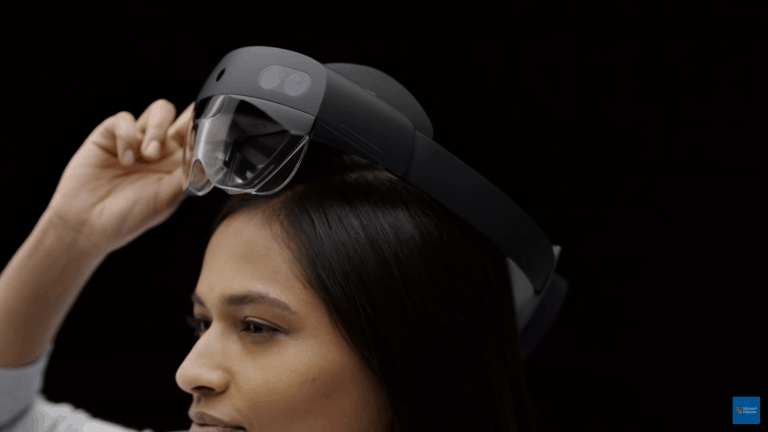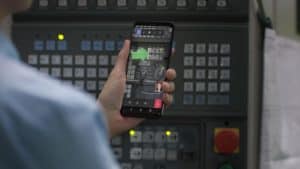Despite all the criticism, Microsoft continues to stand behind the contract with the U.S. government that HoloLens technology to bring to the military. The contract is worth almost half a billion dollars and should give augmented reality technology a military application.
Microsoft CEO Satya Nadella informs CNN that the company has made a fundamental choice when it comes to the matter at hand. We are not going to withhold technology from the institutions chosen in our democracies to protect our freedoms, says Nadella. We are very transparent about that choice and will continue to have discussions [with our employees].
Military applications
Recently, more than two hundred Microsoft employees wrote an open letter to management. In it, they asked the management to put an end to the government contract in question. The contract amounts to USD 479 million (EUR 422 million), so it was already expected that the management would ignore this wish of the staff.
We have not signed up to develop weapons and we demand control over the way in which our work is used, can be read in the letter. It’s not the first time there’s a comment on a tech company working with the U.S. Army. Previously, Google was severely criticized when it appeared that it also had collaborative ventures that looked at the application of artificial intelligence within the army.
The U.S. Army wants to use new and emerging techniques to strengthen its military capabilities through cooperation with tech companies. Artificial intelligence, for example, can be used to allow drones on the battlefield to make their own decisions. With the HoloLens, for example, specially trained soldiers can control robots.
New HoloLens
Yesterday Microsoft presented the new HoloLens at the Mobile World Congress in Barcelona. According to the tech giant, he has to put an end to the pain of the first generation. The design has been improved, making the glasses smaller, lighter and therefore more comfortable. It also features an ARM chip that increases battery life. Advanced hand tracking has also been added, supporting operations and complex industrial procedures, for example.
This news article was automatically translated from Dutch to give Techzine.eu a head start. All news articles after September 1, 2019 are written in native English and NOT translated. All our background stories are written in native English as well. For more information read our launch article.


















